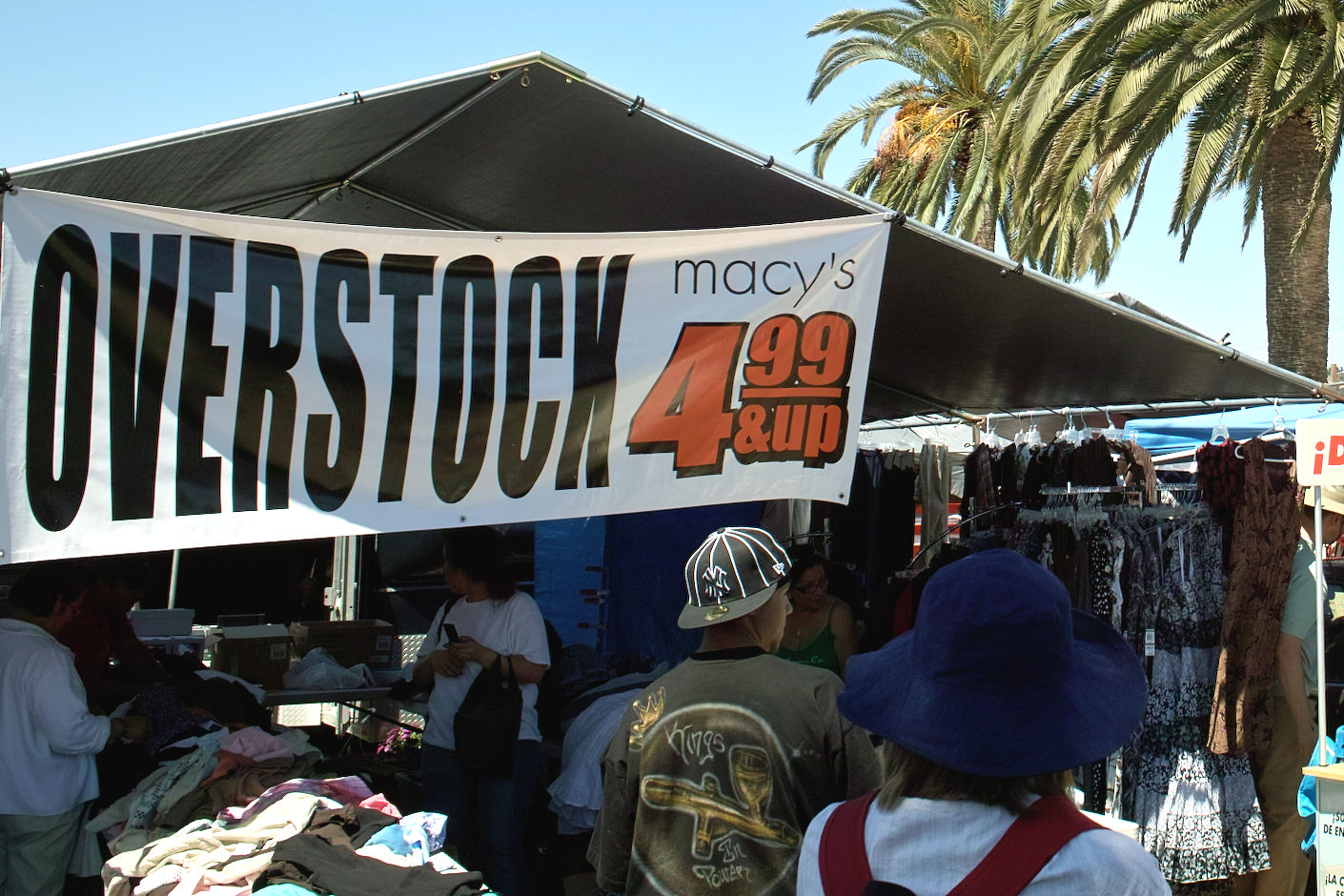Yesterday, I warned that signs of economic recovery are nothing more than a mirage. Today, I’m freaking out because Robert Reich has got an explanation so simple and so obvious. If the former US Labor Secretary’s analysis is correct, as I believe it is, the economy’s in deeper doo doo than even my worst warnings about it.
Robert asks: “How can the Dow be flirting with 10,000 when consumers, who make up 70 percent of the economy, have had to cut way back on buying because they have no money?” I’ve been asking the same question. Robert continues:
Even more curious, how can the Dow be so far up when every business and Wall Street executive I come across tells me government is crushing the economy with its huge deficits, and its supposed ‘takeover’ of health care, autos, housing, energy, and finance? Their anguished cries of ‘socialism’ are almost drowning out all their cheering over the surging Dow.
Before continuing, I don’t know or care about Robert’s political affiliations. I’m pragmatist, which is what every Democrat, Independent or Republican should be. Regardless of politics, Robert’s layperson-terms economic explanation makes sense to me.
“The great consumer retreat from the market is being offset by government’s advance into the market,” Robert assets. D’oh, of course. Yesterday’s New York Times story claiming key indices show signs of economic recovery cited a “jump in building permits” as one indicator. Robert rebuts:
Why have new housing starts begun? Because the Fed is buying up Fannie and Freddie’s paper, and government-owned Fannie and Freddie are now just about the only mortgage games remaining in play.
Robert asserts that:
- Heath care stocks are booming because of looming health care reform
- Federal contractors are “doing so well” because “the stimulus has kicked in”
- Auto sales are up mainly because of the cash-for-clunkers program (now ended)
- Financial sectors are surging because of low interest rates and government bank guarantees
What he doesn’t say, I’ll add here:
- Consumer mortgages foreclosures are rising again, after banks held back at the government’s request
- The first wave of commercial foreclosures are just now beginnning, putting mortgage investments at risk; again
- Consumer debt is higher now than during or after any other recession, which chokes Americans’ ability to spend
Robert writes:
The Dow is up despite the biggest consumer retreat from the market since the Great Depression because of the very thing so many executives are complaining about, which is government’s expansion…The problem is, our newly expanded government isn’t doing much for average working Americans who continue to lose their jobs and whose belts continue to tighten, and who are getting almost nothing out of the rising Dow because they own few if any shares of stock.
It’s a sticky problem. A year ago last week, Lehman Brothers failed, setting off an economic tsunami through the money markets. In the Sept. 21. 2009, The New Yorker, James Stewart delivers in “Eight Days” a riveting account of Lehman Brother’s failure, Merrill Lynch’s sale to Bank America and AIG’s rescue. Regulators did not foresee the money market collapse that would follow Lehman’s bankruptcy. From that event, and given the Fed’s and SEC’s leadership, a government bailout was near certainty.
On the one hand, goverment bailout may well have prevented global economic diaster; lessons learned from the Great Depression were appropriately applied. On the other hand:
- The government remains the driving force of recovery.
- The fundamental economic problems facing most Americans remain.
- There is no substance behind the Dow’s rise, which is fueled by false hopes.
- Old business practices are back; one new fad is to bundle together insurance polcies as investments.
- Economic recovery is still kilometers out of reach and will remain so as long as consumer debt chokes spending.
The true beneficiaries of government stimulus spending are many of the institutions responsible for the econolypse. Where is the moral hazard?
